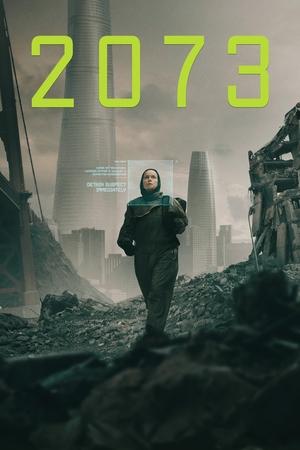F for Fake (1973) Review: Orson Welles’ Masterful Play on Deception
Introduction
F for Fake, directed by Orson Welles and released in 1973, is a unique and innovative film that explores themes of deception, art, and the nature of reality. Known for its unconventional narrative structure and playful approach to storytelling, the film stands as a testament to Welles’ ingenuity and mastery of cinema. This review will delve into the film’s content, direction, and impact, and provide information on where to stream, rent, or purchase it in the United States.
Plot Summary
F for Fake is a documentary-style film that examines the world of art forgery and the nature of authenticity. The film is divided into several interconnected segments, focusing on different aspects of deception and illusion.
- The Art of Forgery: The film delves into the story of Elmyr de Hory, a notorious art forger who managed to deceive the art world with his convincing fakes. Through interviews and reenactments, Welles explores de Hory’s techniques and motivations, presenting a fascinating portrait of a master forger.
- Orson Welles and the Hoax: Welles himself appears in the film, adding layers of complexity to the narrative. He discusses his own experiences with deception and the blurred lines between reality and fiction in the world of art.
- The Story of Clifford Irving: The film also covers the case of Clifford Irving, a writer who famously fabricated an autobiography of Howard Hughes, a reclusive billionaire. Welles examines the impact of this hoax and its connections to the themes of the film.
Throughout the film, Welles employs a playful and inventive style, incorporating various film techniques and narrative devices to challenge the audience’s perceptions of truth and fiction.
Standout Elements
F for Fake stands out for its creative approach to documentary filmmaking. Welles’ use of non-linear storytelling, elaborate editing techniques, and self-reflexive commentary creates a dynamic and engaging viewing experience.
The film’s exploration of deception and authenticity is both thought-provoking and entertaining. By intertwining the stories of art forgery and literary hoaxes, Welles presents a nuanced and multifaceted examination of the nature of truth.
Welles’ performance as both director and narrator adds a personal touch to the film, enhancing its exploration of the themes of illusion and reality. His charisma and storytelling prowess contribute to the film’s overall impact.
Direction and Cinematic Style
Orson Welles’ direction in F for Fake is marked by its innovative and experimental approach. The film features a blend of documentary and fiction, employing a range of techniques to create a playful and engaging narrative.
The cinematography, by Gary Graver, complements Welles’ direction with its dynamic and visually striking shots. The film’s use of montage, creative transitions, and visual effects adds to its exploration of deception and illusion.
Welles’ direction also includes a self-reflexive element, as he blurs the boundaries between reality and fiction, challenging the audience to question the nature of truth in cinema and art.
Themes of Deception, Art, and Reality
F for Fake explores several key themes through its narrative:
- Deception: The film delves into the art of deception, examining how individuals create convincing illusions in both art and literature. It raises questions about the nature of authenticity and the boundaries between truth and falsehood.
- Art: Welles explores the world of art forgery, highlighting the complexities of the art market and the role of perception in determining value. The film examines how art can be both genuine and fraudulent, and how these categories intersect.
- Reality: The film challenges conventional notions of reality, using its inventive storytelling techniques to blur the lines between fact and fiction. Welles’ exploration of reality and illusion invites the audience to question their own perceptions of truth.
Critical Acclaim and Reception
F for Fake received acclaim for its originality and innovative approach to documentary filmmaking. Critics praised Welles’ creative direction and the film’s ability to engage and provoke thought.
The film has been recognized as a significant work in Welles’ filmography and a landmark in the genre of experimental documentary. Its exploration of deception and reality continues to resonate with audiences and scholars alike.
Streaming and Rental/Purchase Options in the USA
For those interested in watching F for Fake, there are several streaming and rental/purchase options available in the United States:
- Streaming Services: F for Fake is available for streaming on The Criterion Channel, which offers a collection of classic and influential films. Availability on other streaming platforms may vary, so checking current listings is recommended.
- Rental/Purchase: The film can be rented or purchased on digital platforms such as iTunes, Amazon Prime Video, and Google Play. Rental prices typically range from $2.99 to $4.99, while purchase prices are around $9.99 to $14.99, depending on the platform and video quality.
Conclusion
F for Fake is a groundbreaking and thought-provoking film that offers a unique exploration of deception, art, and reality. With Orson Welles’ inventive direction, creative storytelling, and engaging performances, the film provides a compelling and insightful viewing experience.
Call to Action
If you haven’t yet experienced F for Fake, now is the perfect time to watch this innovative and influential film. Check out The Criterion Channel for streaming options or visit iTunes, Amazon Prime Video, or Google Play to rent or purchase the film. Discover Orson Welles’ masterful play on deception and enjoy this landmark work in cinema.
















